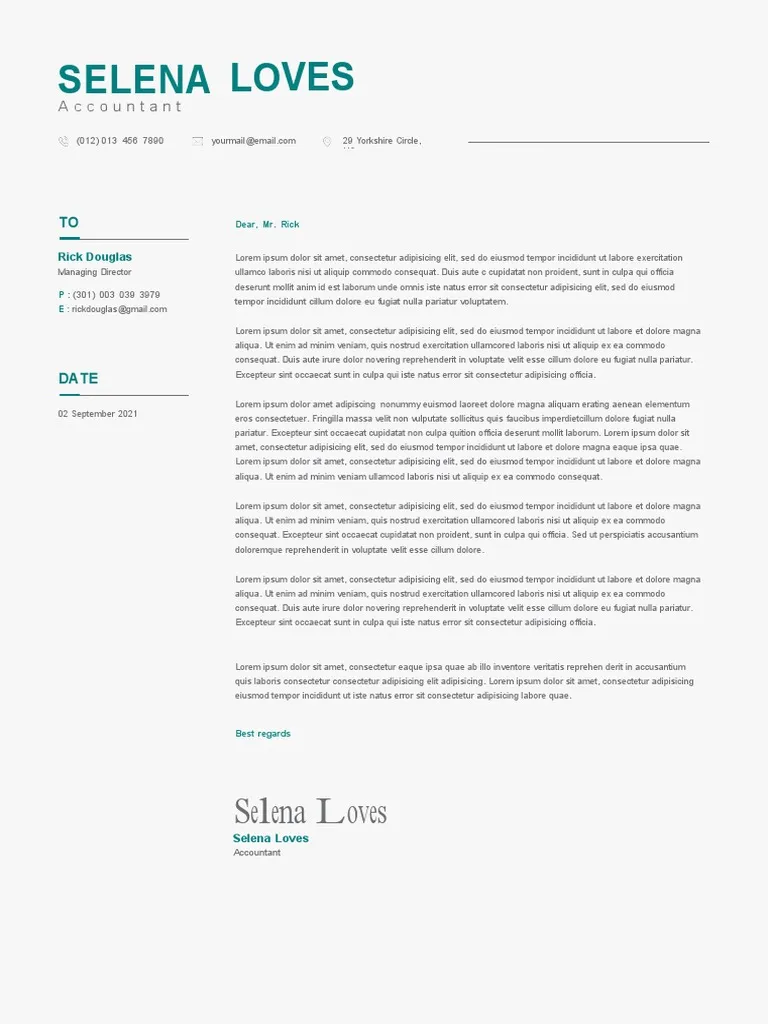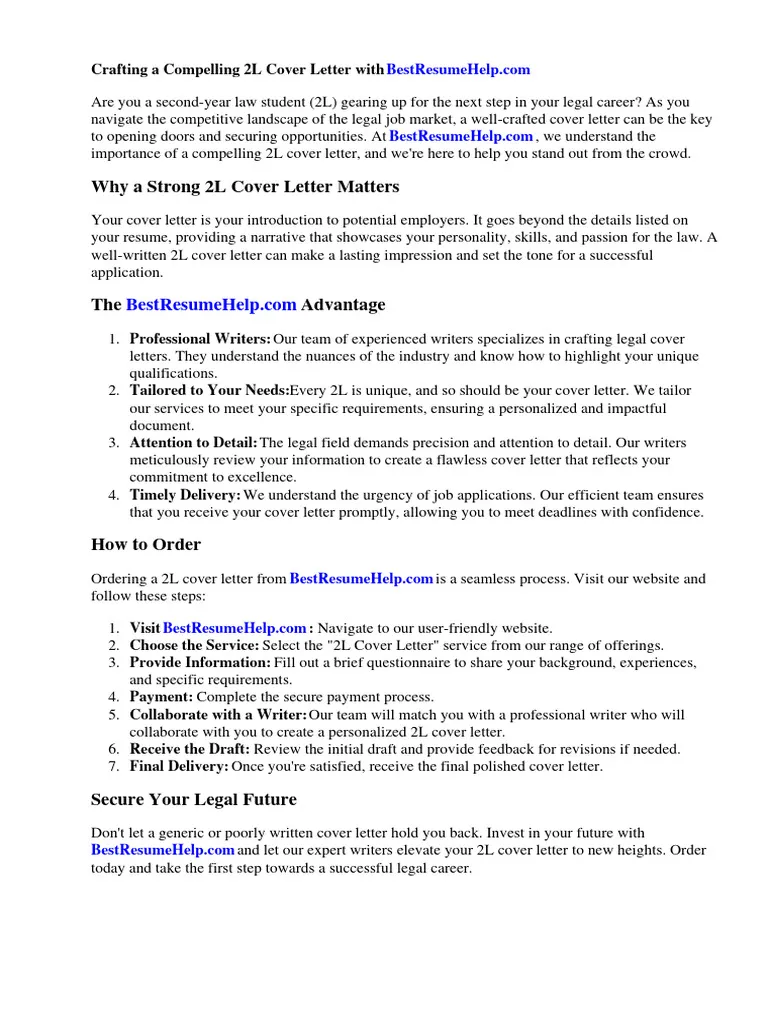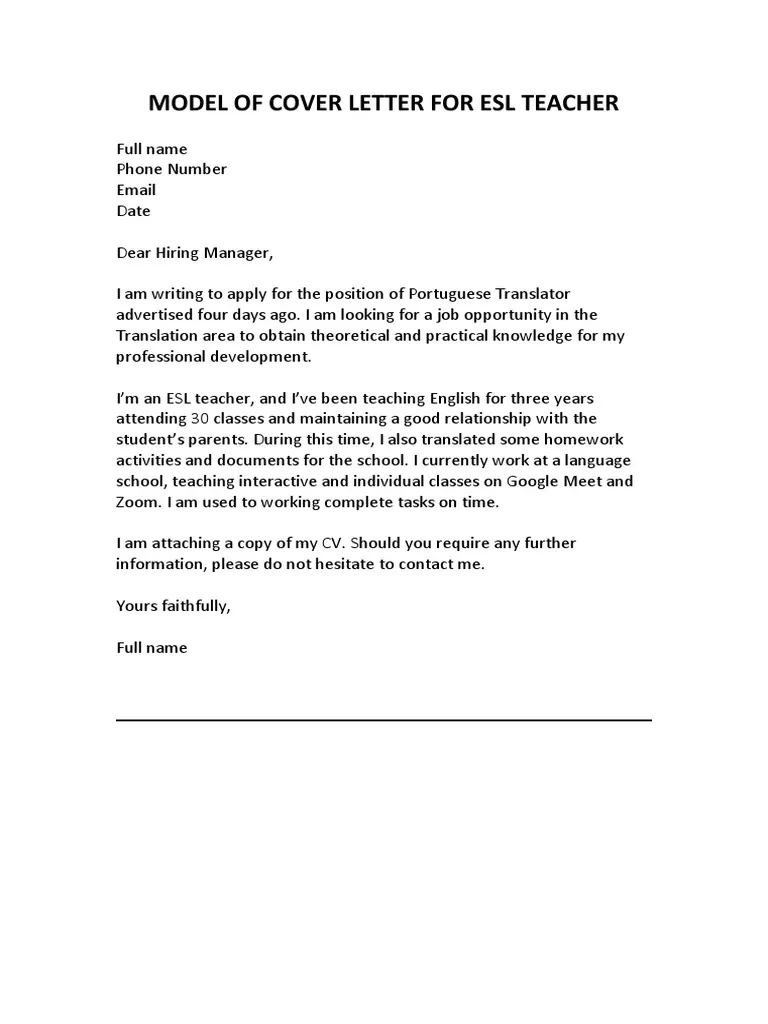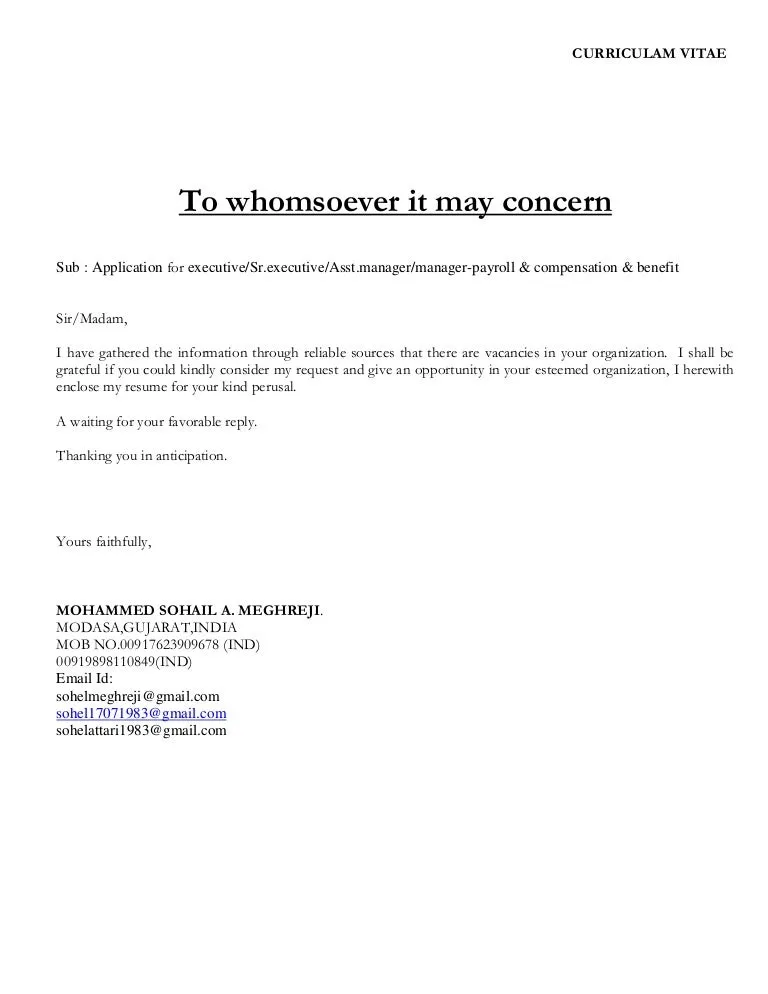Understanding the 2L Cover Letter: Why It Matters
The 2L cover letter is a critical document in your legal career journey. It serves as your first impression on potential employers, offering an opportunity to showcase your personality, qualifications, and genuine interest in the role. Unlike resumes, cover letters allow you to elaborate on your experiences, highlight your unique skills, and demonstrate how you align with the specific requirements of the job and the values of the organization. A well-crafted cover letter can significantly increase your chances of securing an interview and ultimately landing your desired position. It is your chance to tell a story about yourself that a resume cannot convey, making it a powerful tool in a competitive job market. Effectively written cover letters often set candidates apart, demonstrating communication and writing proficiency, which are vital in legal professions.
Key Elements of a Compelling 2L Cover Letter
A compelling 2L cover letter goes beyond simply restating your resume; it presents a narrative that connects your skills and experiences to the needs of the employer. Begin with a professional salutation addressing the hiring manager by name if possible. The body of your letter should be structured into distinct paragraphs, each serving a specific purpose. Start with a strong opening that immediately captures the reader’s attention, state the position you are applying for, and why you are interested. In the subsequent paragraphs, highlight your relevant experience, demonstrating accomplishments with concrete examples. Showcase your skills, tailoring them to the job requirements. Finally, demonstrate your enthusiasm for the specific role and the organization, emphasizing your research and understanding of their mission and values. Conclude with a call to action, requesting an interview and expressing your gratitude for their time and consideration. Remember to maintain a professional tone throughout the entire letter.
Crafting a Strong Opening for Your Cover Letter

The opening paragraph is your chance to immediately grab the reader’s attention. Avoid generic phrases such as ‘I am writing to apply for the position…’ Instead, start with a compelling statement that reflects your understanding of the company and the role. If you were referred by someone, mention their name to establish an instant connection. Consider highlighting a key achievement or a unique skill that makes you stand out. Tailor your opening to the specific job description, referencing something that specifically caught your eye about the opportunity. Your goal is to spark the employer’s interest and make them want to continue reading. A well-crafted opening sets the tone for the rest of the letter, making it clear that you are serious about the position and have taken the time to personalize your application. Show that you know and understand the firm’s values and that you share similar goals.
Showcasing Your Relevant Experience
In this section, you should emphasize your relevant experiences and accomplishments, providing concrete examples that demonstrate your capabilities. Instead of simply listing your past jobs, use the STAR method – Situation, Task, Action, Result – to describe your experiences. Start by setting the context (Situation), then explain the task you were assigned (Task). Describe the actions you took (Action) and, most importantly, highlight the results you achieved (Result). Quantify your achievements whenever possible; for example, state the number of cases you handled, the percentage increase in efficiency you achieved, or the amount of money you helped the firm save. Tailor this section to the specific job requirements, emphasizing skills and experiences that align with the position. Include experiences from internships, law school clinics, or any other relevant professional or academic work to prove your abilities.
Highlighting Your Skills and Achievements
Beyond your experience, highlight the skills that make you a strong candidate. Focus on both hard skills (legal research, writing, negotiation) and soft skills (communication, teamwork, problem-solving). Provide examples of how you have used these skills to achieve positive outcomes in the past. This is where you can stand out from the crowd by providing specific instances where you have demonstrated these abilities. Did you excel in a moot court competition? Did you lead a successful project in a previous internship? Provide data to prove your abilities and achievements. Quantifying your skills demonstrates that you are not only competent but also capable of delivering results. Link your skills to the job description, ensuring you address the specific needs of the employer. Consider the skills most valued by the firm and showcase how you possess them. Make sure to include achievements from law school as well.
Demonstrating Your Interest in the Position

Showing genuine interest is crucial. Conduct thorough research about the firm or organization and demonstrate your understanding of their work, values, and culture. Explain why you are specifically interested in the role and what attracts you to the company. Mention specific projects, cases, or initiatives that resonate with you, showing that you’ve done your homework. Explain what aspects of the role or the firm specifically excite you, and show why you are the best fit. Tailor this section to show the potential employer that you are the right fit. You can discuss any areas of law that particularly interest you, or any of the firm’s achievements you admire. Demonstrate that you share similar values. This level of personalization will make you stand out and show that you are truly dedicated to the opportunity. Focus your efforts on research, showing that you know the business.
Tailoring Your Cover Letter to Each Application
Avoid using a generic cover letter; customize each application to fit the specific job and the organization. Carefully review the job description, identifying key requirements and aligning your skills and experiences accordingly. Highlight the experiences that best fit the specific needs of the employer. Research the firm or organization and tailor your letter to reflect their values and culture. Showing that you understand their mission demonstrates that you’ve put in the effort. This attention to detail will make a significant difference in the eyes of the hiring manager. Personalizing your cover letter to each application shows you’re committed to the specific opportunity and enhances your chances of success. This demonstrates your attention to detail and your respect for the hiring team. Ensure you use the correct firm or company name and address. Always tailor your cover letter to match the skills and experiences detailed in the job description.
Proofreading and Editing for Perfection
Before submitting your cover letter, carefully proofread and edit it to ensure it is free of errors. Spelling and grammar mistakes can create a negative impression and undermine your credibility. Read the letter aloud to catch any awkward phrasing or typos. Ask a friend, professor, or career counselor to review your letter for clarity, grammar, and style. Pay attention to the tone and make sure it is professional and appropriate. Ensure that your letter flows logically, with each paragraph building upon the previous one. Check for consistency in formatting, font, and spacing. A polished cover letter demonstrates attention to detail, a skill highly valued in the legal profession. It is essential to ensure all of the details are correct before submitting your cover letter. Proofread the letter several times. Never rely solely on spell check software.
The Importance of Formatting and Presentation

The formatting and presentation of your cover letter are as important as the content. Use a professional font, such as Times New Roman, Arial, or Calibri, with a font size between 11 and 12 points. Maintain consistent formatting throughout the document, including margins, spacing, and paragraph indentation. Use a clear and concise layout, making it easy for the reader to scan and digest the information. Ensure your letter fits on one page, as most employers prefer concise cover letters. Include your contact information at the top of the letter, including your name, phone number, email address, and LinkedIn profile (if you have one). Save your cover letter as a PDF to preserve the formatting and ensure it is compatible with all systems. A well-formatted cover letter shows respect for the reader and ensures that your message is communicated effectively. Make sure your name and contact information are correct.
Common Mistakes to Avoid in Your 2L Cover Letter
Several common mistakes can undermine your cover letter. Avoid generic or vague language; instead, use specific examples to demonstrate your skills and achievements. Do not simply restate your resume; provide additional context and insights. Avoid typos, grammatical errors, and spelling mistakes. Do not use overly casual language or slang. Avoid making negative comments about previous employers or experiences. Never submit a cover letter that is not specifically tailored to the job and the organization. Avoid exaggerating or making false claims about your qualifications. Do not exceed one page in length. Make sure you research the company and role beforehand, showing that you understand their goals and values. Avoid making the cover letter overly long.
Finalizing and Submitting Your Cover Letter
Before submitting your cover letter, double-check all the details, including the recipient’s name, the company’s name, and the job title. Proofread your cover letter one last time to ensure there are no errors. Save your cover letter as a PDF to preserve the formatting. Customize your cover letter for each application; this requires the appropriate formatting. Submit your cover letter promptly, ideally within the application deadline. Follow the instructions provided in the job posting regarding how to submit your application. If you are submitting your cover letter via email, include a clear and professional subject line. After submitting your application, consider following up with the hiring manager or recruiter, but avoid being overly persistent. Be sure to include your cover letter and resume together for maximum results. Send your application in on time, as this demonstrates your reliability.
